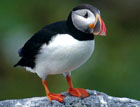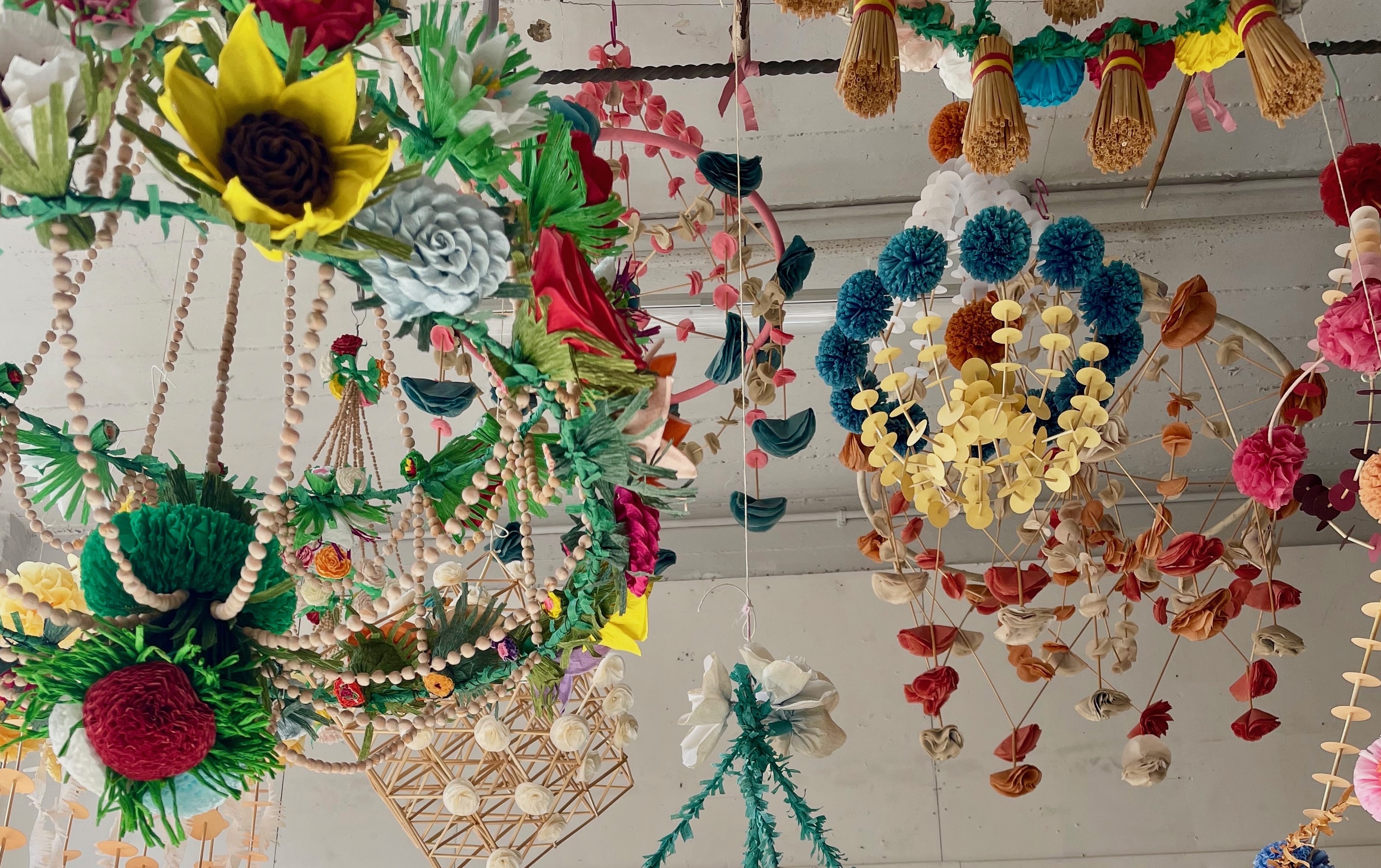St Kilda Bids for World Heritage Expansion
The seabird haven of St Kilda off the Western Isles of Scotland is bidding to expand its World Heritage status to recognise the cultural importance of the islanders who once lived there.


The remote Hebridean islands of St Kilda will to join the elite roster of World Heritage sites in having both natural and cultural heritage status, if an application to UNESCO proves successful.
The archipelago, situated in the Atlantic, 41 miles beyond the Western Isle of Benbecula, is in the running to be added to a list of just 23 World Heritage sites, including Mount Athos in Greece, Ayers Rock in Australia and the Inca remains of Machu Picchu in Peru.
The application asks for UNESCO to recognise St Kilda's marine environment and cultural importance, as well as the islands' seabird colonies. They form the most important seabird breeding station in north-west Europe, including the largest populations of nesting gannets in the world.
The site is also renowned for the sea stacs, which rise out of the ocean. Stac an Armin (191 metres) and Stac Lee (165 metres) are the highest sea stacs in Britain.
In 1930, the last islanders left St Kilda, bringing to an end a unique way of life. Seabirds formed a major part of the St Kildan diet, especially gannets, fulmars and puffins. At one time it was estimated that each person on St Kilda ate 115 fulmars every year. In 1876 it was said that the islanders took 89,600 puffins for food and feathers.
The Scottish Executive has submitted a dossier on the islands to UNESCO. First Minister Jack McConnell said: 'Few who have been to St Kilda and stood in the village surrounded by the cries of a million sea-birds can fail to have been moved by the place and its story.
'This tiny Hebridean archipelago is a place of drama, a place apart. Its inaccessibility amplifies its remoteness, creating a perception of being at the edge of the world.'
Sign up for the Country Life Newsletter
Exquisite houses, the beauty of Nature, and how to get the most from your life, straight to your inbox.
Country Life is unlike any other magazine: the only glossy weekly on the newsstand and the only magazine that has been guest-edited by HRH The King not once, but twice. It is a celebration of modern rural life and all its diverse joys and pleasures — that was first published in Queen Victoria's Diamond Jubilee year. Our eclectic mixture of witty and informative content — from the most up-to-date property news and commentary and a coveted glimpse inside some of the UK's best houses and gardens, to gardening, the arts and interior design, written by experts in their field — still cannot be found in print or online, anywhere else.
-
 Burberry, Jess Wheeler and The Courtauld: Everything you need to know about London Craft Week 2025
Burberry, Jess Wheeler and The Courtauld: Everything you need to know about London Craft Week 2025With more than 400 exhibits and events dotted around the capital, and everything from dollshouse's to tutu making, there is something for everyone at the festival, which runs from May 12-18.
By Lotte Brundle
-
 Everything you need to know about private jet travel and 10 rules to fly by
Everything you need to know about private jet travel and 10 rules to fly byDespite the monetary and environmental cost, the UK can now claim to be the private jet capital of Europe.
By Simon Mills